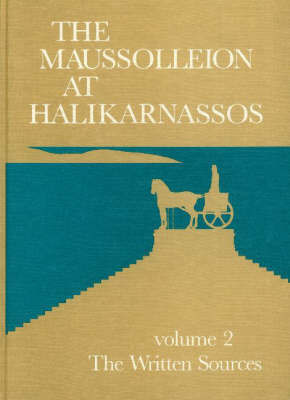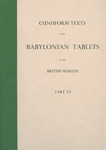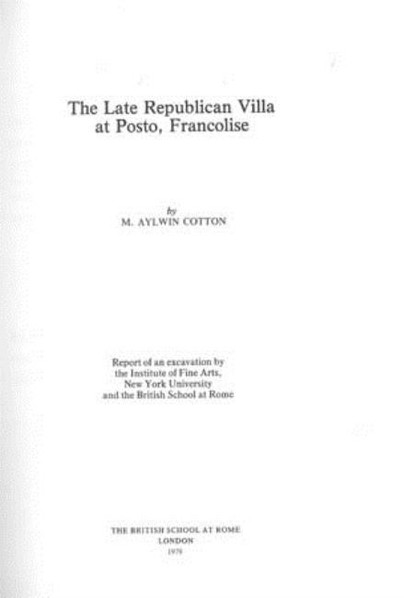Although writing in Latin, Statius (first-century AD) was, by origin and training, a Greek poet, and his collection of "occasional" poems, the Silvae, are a Roman extension of contemporary trends in Greek display poetry. No reading of the Silvae can be accurate without an understanding of this Graeco-Roman poetic milieu. This book therefore begins with a reconstruction of the professional background to the Silvae - the festival circuit, the conditions of work for writers, their opportunities for advancement in the Greek and Roman worlds - both in the Hellenistic period and in the first century A.
D. In this setting, display oratory and poetry are shown to have developed in parallel and to have had a profound mutual influence. Further chapters consider Statius' performances as a Neapolitan poet at Rome, his portrayal of his own society and his friends, and his attitudes to his Latin predecessors. Literary patronage, both imperial and private, is a vital element in Statius' poetic career, and Hardie goes on to investigate the identity and social standing of the addressees of the Silvae . He also considers the career of the contemporary epigrammatist Martial in comparison to that of Statius. Many essential features of Flavian taste emerge from these studies. Large-scale interpretations of individual poems are offered throughout this volume, making many new suggestions about both points of detail and the overall significance of the major poems in the Silvae . Statius and the Silvae is an important contribution to the debate on the relationship between poetry and rhetoric, and to the understanding of how society and literature interconnected in the Flavian age.







